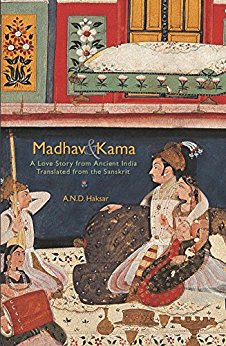Sanskrit narrative tradition synthesizes loka (loc-al) and shastra (scholastic or context free forms and expressions). It has been configurational, localized and ever acquiring new hues and semantic fields. Deshi (context bound forms) and margi (context free forms), in fact, have always been seen in continuity and have mutually enriched each other. In a ‘phonocentric’ tradition like that of India, narratives grow and disseminate in space and time. The two meta-narratives—Ramayana and Mahabharata—foreground this claim. Secondly, there are two major trends in Indian narratives—one is that of rati-bhakti and another shringara and kaurna (the narrative of union and of separation). There is yet another stream of patriotism and chivalry. In such a typology, one may observe the effort to represent the full contour of life and sensibility. Literature is not simply a representation of life but it is also a mechanism, through which a community explores its mind and sensibility, tells and records its saga of great expectations, successes and failures. The love story of Madhvanala and Kamakandala is one of the best examples of the loka traditions of vast Sanskrit verbal discourse. This also beautifully illustrates as to how loka and shastra and shringara and karuna are entwined. It dispels many pseudo ‘communal’ and ‘secular’ constructs imposed on the vast and rich Sanskrit verbal discourse by the modern/western academia.
August 2006, volume 30, No 8

